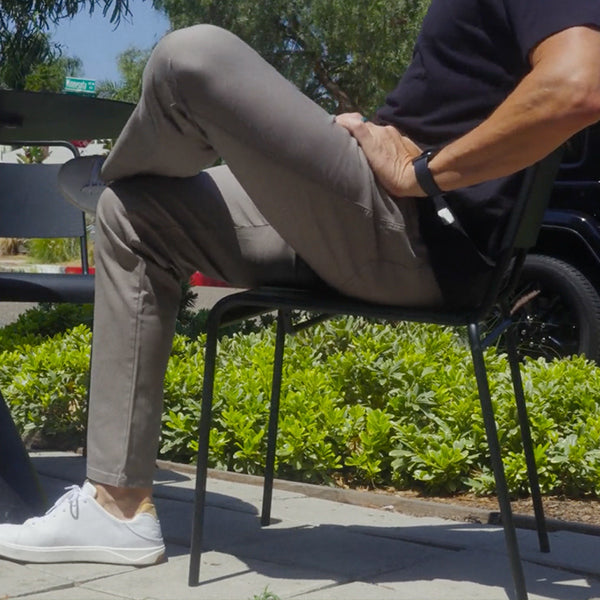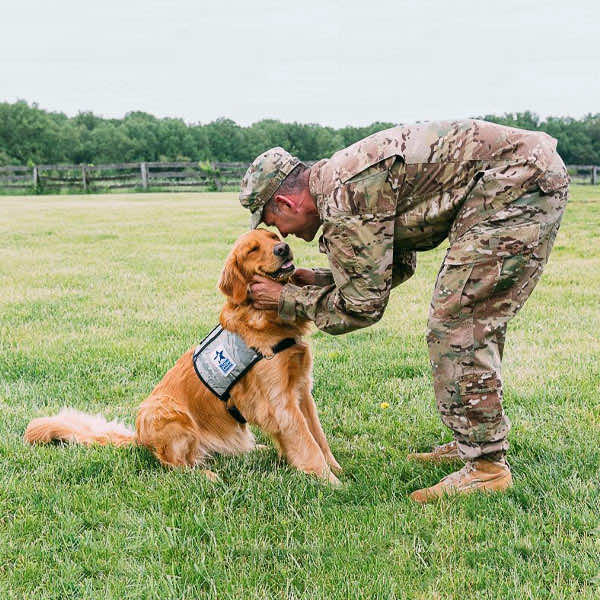Photo: Aaron Eckels
Brian Slawnik has worked everywhere you dream about playing.
And we don’t mean that half-heartedly. Brian has worked with Tom Doak at Renaissance Golf since forever. Translation: He has put his touches on some of the most incredible golf courses in the world. Those brushstrokes in the landscape that catch the light at the right time and help put a course on the top 10 list came right from this guy. We’ve been following these boys since before Bandon was a thing. Truthfully, Brian is one of our favorite people in golf.
How did you get started shaping earth into golf holes?
When I first thought about getting into golf design, and before I knew anything about it, I originally thought I just wanted to be a designer. I remember even telling people that I didn’t want to do construction at all [laughs]. But once I started my internship with Renaissance Golf—got my hands dirty for the first time and saw the way they worked—I was hooked. It was during my second project with RGD that I came across Eric Iverson. Watching him work made me realize that if I was going to be any good at this I needed to learn how to do all the things he could do—I’m getting there.
What’s your favorite part of the process?
I like the beginning and the end. I started out doing finish work so that's still where my heart is. But I really enjoy the early days of a project when the style and the tone of the golf course first starts to evolve.
What is your shaping philosophy?
Playing good golf is about rhythm, balance, and harmony. Golf courses should be the same. They should present challenges and throw you off balance occasionally, but their overall presentation should be in balance, in harmony, and in rhythm with the surroundings so that the player is inspired by the golf course, rather than distracted by it. So I would say my philosophy for shaping is to listen. Listen to the ground—what it does, how it moves, and how the dirt reacts to being moved. To listen to the vegetation that surrounds and listen to what my fellow shapers and designers are doing so that we are all playing the same song. It’s different when I’m running a job versus just shaping or being a guest on someone else’s project. When I’m running a job I try to help set the tone, beat, and vibe for what we are doing and trust that the other guys will pick it up and carry it. When I am shaping on someone else’s project it's important for me to pay attention to what they’ve done already and to listen to the rhythms that they're putting down and try to fit into the groove.
How many golf courses have you worked on and which ones are your personal favorites?
I’ve been involved in the design and construction of over 20 new courses. It’s hard to pick favorites because they're all so different, and the experience of the places and the people involved are such a big part of my overall sense of the place. That said,
Pacific Dunes will always be special to me since it was my first real, full-on shaping opportunity. The recently opened
Tara Iti Golf Club in New Zealand is special to me, as well, since it’s easily the project I've been able to put most of myself into. In addition to the new stuff, I've been involved in renovation and/or restoration work at nearly 20 established courses. There I've been able to study and learn from the greats and draw inspiration for our original work.
Where are you headed next?
Good question. Anyone who is married to a golf shaper/designer would laugh at the notion of anyone getting a straight answer. We have potential projects bubbling up all over the world right now, but it’s hard to know which one will push the "go" button next.









Leave a comment (all fields required)